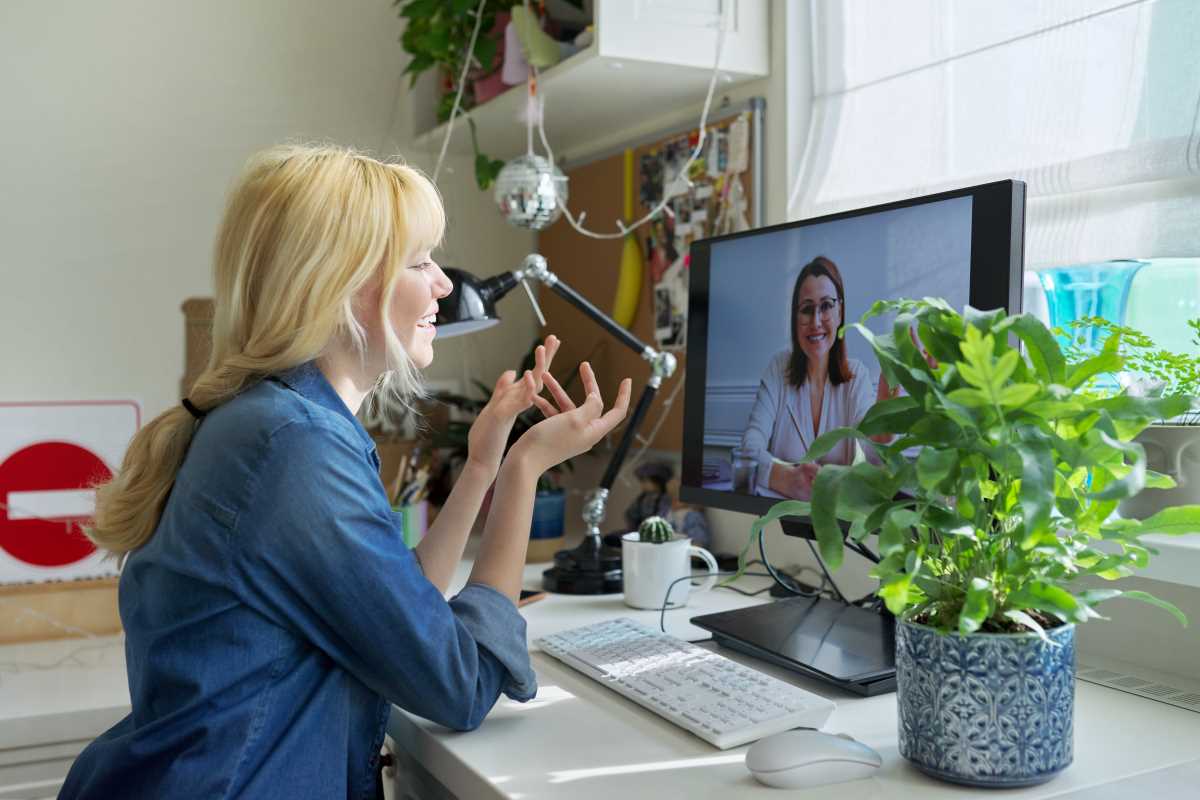Your bedroom can become the perfect backdrop for remote job interviews when you know how to set the stage. This guide walks you through each step, helping you handle screens with ease, present your best qualities, and make a memorable impression on hiring teams. You will find straightforward suggestions and practical tips, all designed to help you feel at ease and prepared. Whether you want to improve your lighting, fine-tune your camera angle, or simply feel more confident on video calls, you will find clear guidance here, presented in a friendly, approachable manner.
Turning Screens into Opportunities
When you treat a video call as an interactive showcase, you open doors that go beyond simply answering questions. Make the frame your platform: choose positioning, lighting, and background elements that reflect your personality and drive. This mindset turns ordinary webcams into powerful communication tools, letting your character shine through crisp visuals and thoughtful cues.
Focus on context and storytelling: weave your experiences and aspirations more vividly into every response. Think of your screen setup as a canvas—select items that hint at your interests, such as a favorite book or a subtle piece of art. These nuanced choices spark genuine rapport without overshadowing your professional qualifications.
Building Your Virtual Presence
Successful video calls feel like two-way conversations, even when technology stands between people. Practice vocal pacing, facial expression, and strategic pauses: convey confidence and authenticity. Pause after key points, maintain eye contact by focusing on the camera lens, and adjust your volume to sound clear without echo.
Lighting plays a major role in impression building: position a soft light source behind your camera and angle it so it highlights your face evenly. Avoid harsh overhead fixtures or bright windows behind you. This setup ensures that interviewers see your expressions without distraction, helping them connect with your energy and professionalism.
Step-by-Step Tech Mastery
- Device Calibration
- Purpose: Optimize camera and microphone for clear visuals and crisp sound.
- Steps:
- Open device settings → video options.
- Set resolution to at least 720p and frame rate to 30fps.
- Test audio input levels in your OS.
- Cost/Access: Built-in webcams/mics = free; budget externals ≈ $30+.
- Insider Tip: Add a pop filter to any external mic to reduce harsh “P” sounds.
- Background Setup
- Purpose: Keep backdrop clean and inviting to keep focus on you.
- Steps:
- Remove distracting items.
- Add one simple element (art, plant).
- Sit about 2 ft from the wall to avoid shadows.
- Cost/Access: Free—household items suffice.
- Insider Tip: Hang a sheer curtain over a window to diffuse strong sunlight.
- Connectivity Check
- Purpose: Prevent video freezes and dropped audio.
- Steps:
- Run a speed test (aim for ≥5 Mbps upload).
- Switch to wired Ethernet if possible.
- Close bandwidth-heavy apps.
- Cost/Access: Free online speed tests; most homes already have routers.
- Insider Tip: Restart router 15 min before the call to clear congestion.
- Platform Familiarization
- Purpose: Reduce anxiety and ensure smooth app use.
- Steps:
- Download latest version of the meeting app.
- Explore mute, screen share, and chat.
- Run a test call with a friend.
- Cost/Access: Free for basic accounts.
- Insider Tip: Set display name to “First Last, Role” for professionalism.
- Lighting Positioning
- Purpose: Highlight facial cues with clear, flattering light.
- Steps:
- Place desk lamp behind camera at eye level.
- Use LED ring light or phone flashlight as fill.
- Angle lights downward slightly.
- Cost/Access: Ring lights ≈ $20; book lights ≈ $10.
- Insider Tip: Clip-on book lights are cheap, portable substitutes for travel.
Genuine Connections Beyond Words
Creating real bonds depends on more than answers—you need intentional interaction. Follow this numbered list to add personality to each conversation moment.
- Smile before you join the call and again when someone speaks to reinforce warmth. Consistent facial expressions signal engagement and make your voice feel more inviting.
- Refer back to a detail the interviewer mentioned earlier. For example, if they noted company culture, relate your relevant experience to that environment to show attentiveness.
- Use brief visual cues like nods to show agreement. These nonverbal confirmations reassure interviewers you’re actively listening instead of waiting to talk.
- Ask a quick follow-up question after explaining a project. That shift in dialogue highlights genuine curiosity and makes the call a two-way exchange.
- End each major point with a summary sentence that links your skill to the role’s needs. This habit helps the listener remember your main message long after the call ends.
These techniques generate friendly momentum internally and keep the conversation lively. You won’t depend solely on rehearsed answers—you’ll adapt in real time and stand out as a sincere communicator.
Overcoming Unexpected Tech Glitches
Prepare for disruptions by keeping a backup device charged and updated for quick switching. Have a prewritten message ready to explain issues if you drop out of a call, showing professionalism. With preparation and clear communication, you turn glitches into opportunities to demonstrate adaptability.







